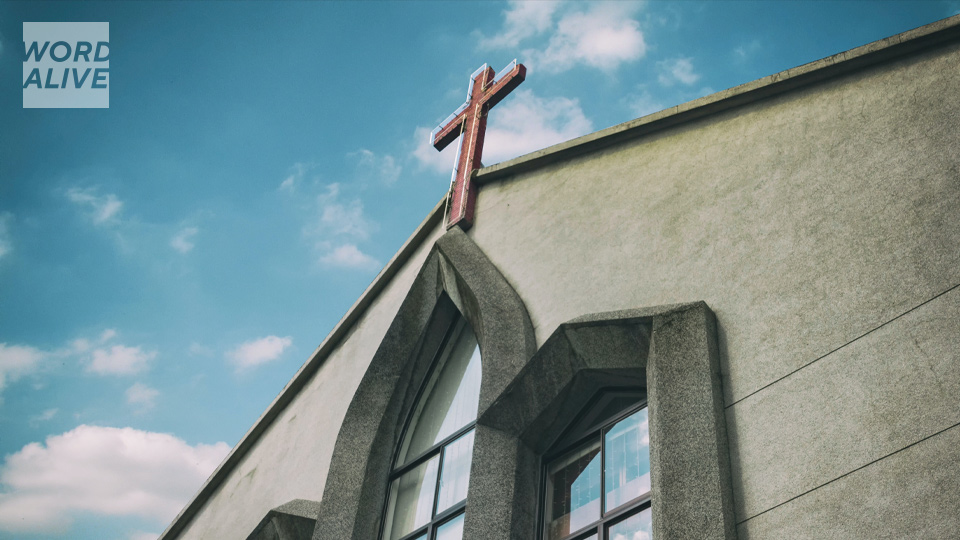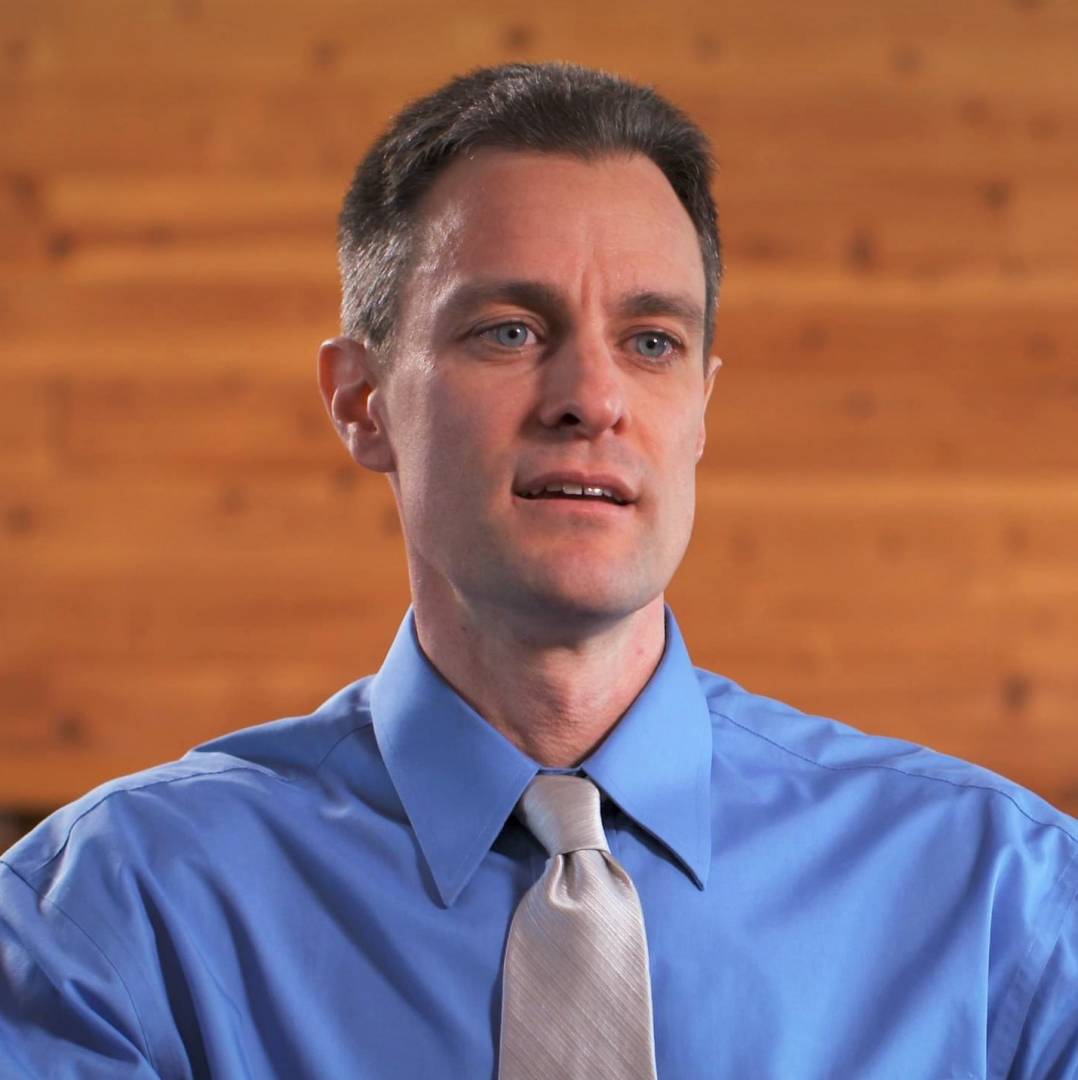



Why do we go to church? | Word Alive
Damian Costello
Friday, March 19, 2021

Photo by Daniel Tseng on Unsplash
Why do we go to church?
A reflection for the Fifth Sunday of Lent, Year B
by Damian Costello
Why do we go to church? It’s a simple question that we often have a difficult time answering. We often fall back on harsh atonement theories: Jesus suffered and died to pay a debt of sin that humanity cannot pay. We walk into a church any given Sunday out of guilt, feeling that we are placating an angry God for one more week. This image, of course, is part of the story. The readings today make that clear. We sin and need the New Covenant that Jeremiah describes, where Yahweh “shall forgive their guilt and never more call their sin to mind”. But stopping here misses half of the picture. Jesus died not only to fix what is broken but to transform what is already good into the perfect good. We go to church to enact that heavenly reality on Earth. I first began to see this by being around Indigenous ceremony. People regularly attend long, intricate ceremonies that often last all night long. Though beautiful, they involve discomfort, sacrifice, and even sustained suffering. The ceremonies ask way more of participants than the longest Easter Vigil Mass. And yet people eagerly participate. There are lots of reasons for the vibrancy of Indigenous ceremony that we can’t get into here, but one of the most important is that ceremony is never about guilt. You don’t suffer to pay for something you did and to fix something broken. Rather, you suffer in order to be transformed. Take the Sun Dance, a four-day ceremony that occurs every summer throughout Indian Country. In the Lakota Way, dancers fast from food and water and dance all day long in the sun. At the high point, many dancers are pierced under the skin by two small wooden pins. A long rope connects the dancers’ pins to the tree. They dance until they break away, an act that involves a great amount of suffering. What is important for us is that the suffering of the Sun Dance is not embraced to atone for sin or to fix what it is broken. The dance is to cultivate wak’a, the spiritual power that imbues the universe and the word Lakota Catholics use to translate “holy”, in order that the people may live. In the context of the Sun Dance, the concept of “life” is much fuller than in the way we use it in our everyday speech to mean “not dead”. Rather, it means full human flourishing – physical, emotional, and spiritual – just as it does in the biblical sense. Why do we go to Sun Dance? So that we may have life to the fullest. If this phrase sounds familiar, it should. Jesus tells us that’s why he laid down his life for his sheep: “I came so that they might have life and have it more abundantly” (John 10:10). Other translations say, “to the fullest”. What if we look at our liturgy and Jesus’ teaching in light of the Sun Dance? That’s not unusual. If you go to a Sun Dance, you will probably hear someone say what is a common refrain: “Jesus was the first Sun Dancer.” And that’s what the imagery sounds like in the reading from Hebrews today: Jesus “offered up prayer and entreaty, with loud cries and with tears…when he had been perfected, he became for all who obey him a source of eternal life” (Hebrews 5:7-9). Jesus on the cross dancing our salvation so that we may have “life to the fullest” shifts our emphasis from paying debt to the transformation of what is good. This is a central biblical theme and what the Eastern Church calls “divinization”, or to be made like God. From this perspective, Jesus came into the world primarily for what the beginning of the Gospel of John says: to give us “power to become children of God” (John 1:12). Jesus illustrates this transformative power with the image of the seed falling to the earth. A small, seemingly inert object becomes a living being. And, like a stone thrown into a pond, it has a rippling effect in that this new plant will in turn give birth to dozens more. Yet at the same time, the Gospel makes clear that this radiation of power has a gravitational effect, gathering all that is around into this new life: “I shall draw all people to myself.” “Why do we go to church?” We can answer in a fuller, more spiritual way. We don’t go just so we don’t get a beating from a vindictive parent. Or even to fix our constant drift towards disharmony and brokenness. We go so that may be filled with holiness on our journey to become part of God’s perfect harmony.The readings for the Fifth Sunday of Lent, Year B, are Jeremiah 31:31-34 Hebrews 5:7-9 John 12:20-33
 Dr. Damian Costello is the author of Black Elk: Colonialism and Lakota Catholicism. He is a faculty member at NAIITS (formerly North American Institute for Indigenous Theological Studies) and the American Co-Chair of the Indigenous Catholic Research Fellowship (ICRF).
Dr. Damian Costello is the author of Black Elk: Colonialism and Lakota Catholicism. He is a faculty member at NAIITS (formerly North American Institute for Indigenous Theological Studies) and the American Co-Chair of the Indigenous Catholic Research Fellowship (ICRF).

Click here for all articles in the Word Alive series
Related Articles:
<<
SUPPORT LABEL
$50
$100
$150
$250
OTHER AMOUNT
DONATE
Receive our newsletters
Stay Connected
Receive our newsletters

Stay Connected







